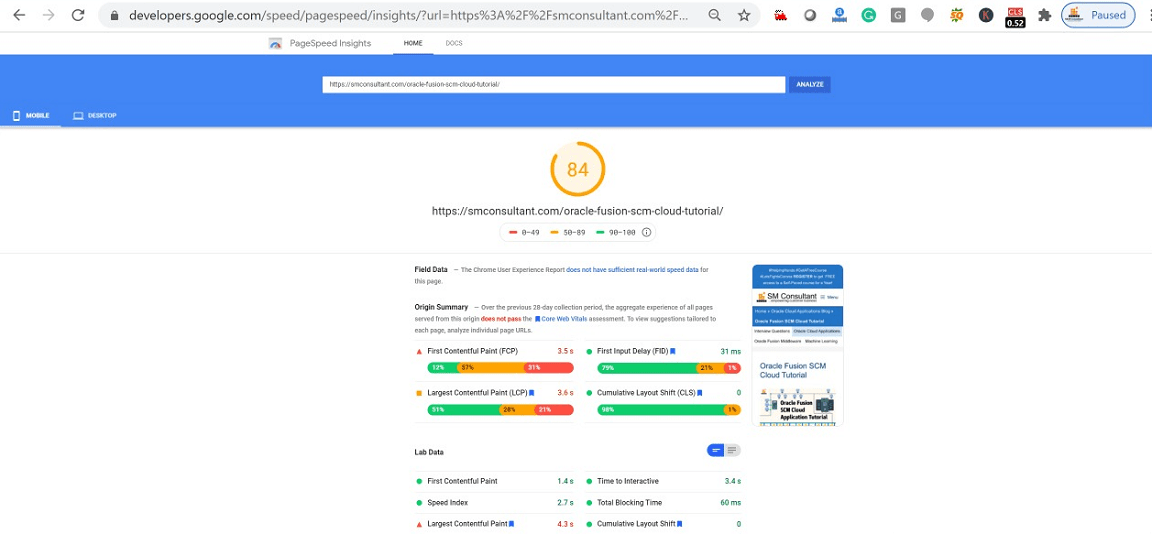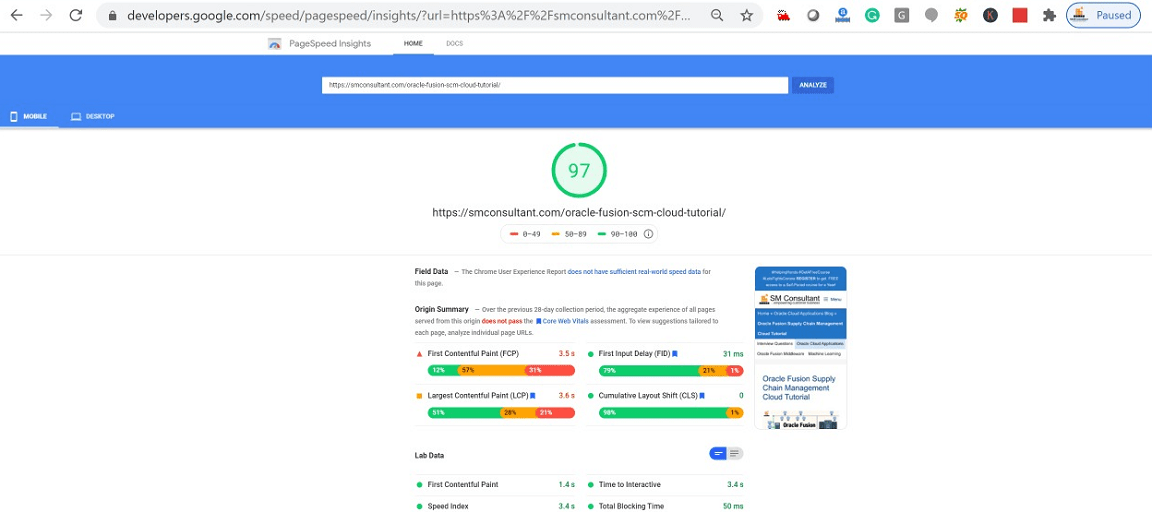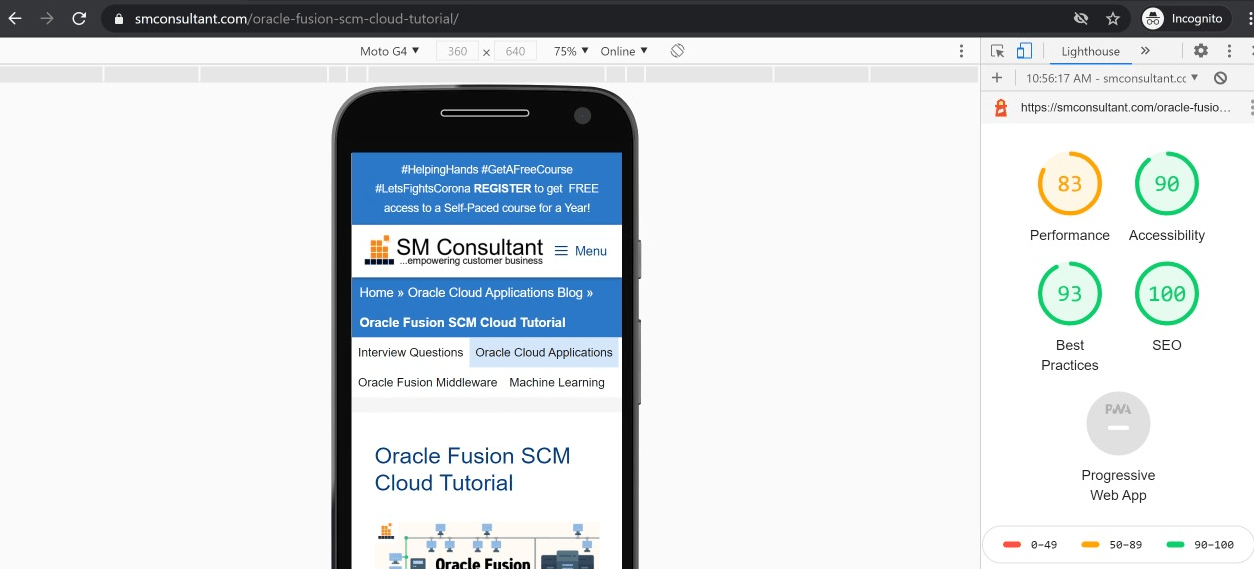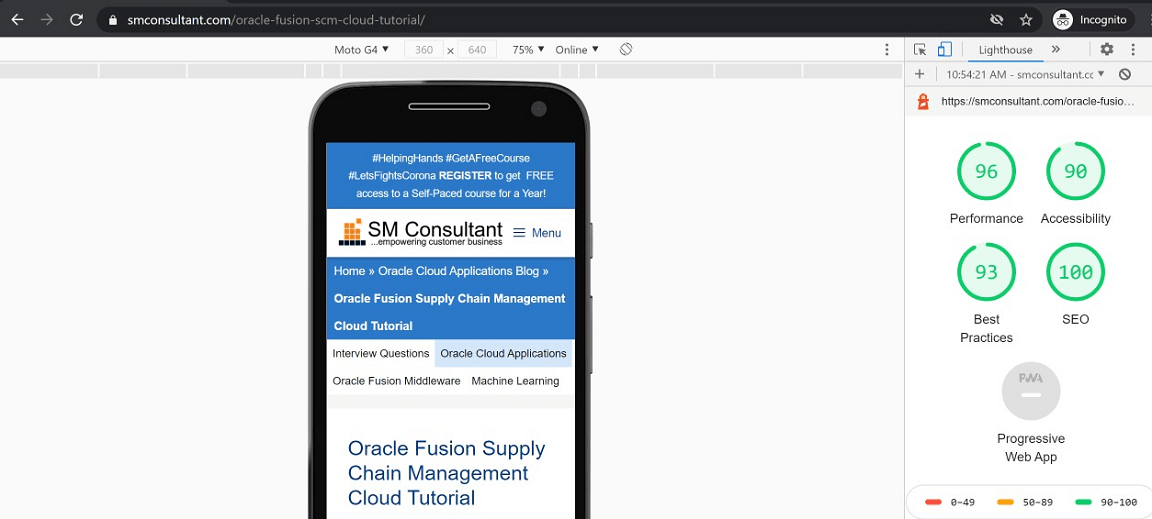Many SEO trends may come and go, but for a fair amount of time, it’s been proved that something as simple as an H1 tag is the key to improve any website’s SEO. People often ask – is this a myth or is it true that H1 tags help in the improvement of a website’s SEO greatly? Expanding the reach and visibility of a business through a proper website to achieve the growth objective is important. But, it is more important that your website has a good speed, performance as well as a very strong SEO base to reach the target audience as much as possible. In this article, we help you understand the importance of a proper H1 tag for improving the performance and analysis results in the Lighthouse and PageSpeed Insights test.
H1 tag and SEO
One of the most complex tasks that a search engine needs to do is to understand what a page is all about. To do this task in the most efficient and fastest way, it makes use of data from various signals. One such signal is the H1 tag on the page. When search engines go through the content of a page, they read the codes in HTML and determine which sentences are enclosed in which heading tags (h1, h2, etc.). It considers them as a characteristic of a particular page. So, people can easily make the search engines understand what their page is about by including keywords in their H1 tag.
Besides, there is one more reason why headings are an important part of SEO. It is because they make it easier for the users to navigate through the page. The H1 tag heading pretty much clears them that what the page is about just by a glance. Moreover, the rest of the subheadings further help them to understand what each section of the content consists of. In short, if a business or a website wants to be found on the internet, it needs to follow such simple SEO rules and must have good knowledge of SEO because these small things matter a lot.
H1 tag SEO best practices
You might not know this but, essentially, you are helping your website rank better in a search engine. You can do this just by having one H1 tag on your page and following its best practices. It is not the strongest thing for search engine optimization. However, it is still very significant for SEO as it tells both the search engines and the website visitors that what your page is all about. For instance, including an H1 tag on your website can help improve the user experience. Thus, it ultimately helps improve the ranking of your website in the search results.
Now that we have clearly understood how H1 works, let us see what we can do to write the best H1 headings that might benefit your page in SEO. Given below are some best practices that you should follow for it –
- Use full forms instead of short forms
- Use keywords
- Avoid long headings
- It should be similar or a bit different from the page heading
- Make sure the H1 tag is visible to everyone
- Use one H1 per page
- It should match the user intent
- Style it differently
Example
Now, let us help you understand better by taking an example of how it makes a huge difference for every website.
PageSpeed Insights Test Results for Oracle Fusion Supply Chain Management Cloud Tutorial


LigthHouse Test Results for Oracle Fusion Supply Chain Management Cloud Tutorial


In the above two images, the result of the analysis from PageSpeed Insights and Lighthouse are given. It is for both desktop mode and mobile mode. The performance scores in desktop mode and mobile mode are 84 and 83 respectively. This score means that the page has an average performance with an average speed to load the website. This is the case when we took “Oracle Fusion SCM Cloud Tutorial” as the H1 tag for the page. This happened because we wrote SCM in our heading rather than writing its full form that is Supply Chain Management.
On the other hand, this is not the case when we write its full form in the heading i.e. Oracle Fusion Supply Chain Management Cloud Tutorial. We can see the difference in the above two images as the score increases to 97 and 96 respectively for both desktop and mobile.
This proves that search engines like Google places higher importance on the H1 tags of a website. This is to improve usability, especially mobile usability which helps in improving the overall speed and performance. Thus, tagging the heading of your page or content as an H1 tag in your website markup makes it easy to read by Google. This means it is mandatory for better SEO.
Test it. Trust it – https://developers.google.com/speed/pagespeed/insights/?url=https%3A%2F%2Fsmconsultant.com%2Foracle-fusion-scm-cloud-tutorial%2F&tab=mobile
Conclusion
Optimizing the headings and the H1 tags is one of the things you certainly need to do. But, it’s not the end of it. Unlike other factors of SEO, an H1 tag is a factor that you can easily control. And, if you use correct optimization, then it can make a difference in your website rankings. If your website already has headings that are not coded in the H1 tag, then it’s unlikely that the H1 tag will make any significant difference to your SEO strategy. But a good SEO is all about checking boxes right? So, why not check this box now that you know it goes beyond just SEO?